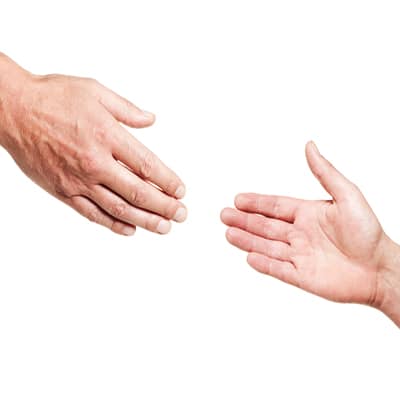
I was speaking to our Moving and Handling in Service trainer the other day, as she had just been reviewing the feedback from a recent session. Happily, the feedback was mostly positive and the staff had plainly learned a lot from the training. This was not always the case.
Like many large organisations, due to the bulk purchase of training, or many small ones who cannot afford to keep in-house trainers, the level of moving and handling training tends to be pretty generic. Whilst there is merit in the delivery of practical information about how to avoid injury, keep within the law and ensure everyone is safe, the blanket health and safety approach can miss some vital elements of moving and handling people with learning disabilities.
Personal touch
Consider those service users who struggle with human contact. Its hard to assist them to move without getting uncomfortably close to them, often in situations where they are highly vulnerable, such as when bathing or assisting to the toilet. Touch-sensitive people would be really tense and possibly even respond negatively to the contact.
Similarly, those with vision or hearing impairment need to be carefully prepared for any situation where they are to be assisted to move. Imagine how you might feel if you were suddenly grabbed and moved without warning. Being blind means you have limited concept of your own body and how you move; no experience of what the hoist looks like, where you are sitting or where you are moving to. Add the potential for a severe learning disability, where understanding is impaired, then you can see how terrifying being manually assisted can be.
What’s happening to me?
For many people, transition of any kind can be traumatic. The simple act of preparing them for the move and making sure they are in charge of what is happening can make a huge difference to their experience of personal care. Our trainer has started to use case studies in her sessions, asking learners to complete moving and handling plans for different characters with different needs. She coaches them to think outside the box, not just plan around safe moving and risk management but ensuring the client’s needs are paramount.
If part of your moving and handling training is to hoist and transfer each other in the classroom setting, you will know how vulnerable it feels to be the subject of this procedure. Factor in the understanding and level of vocalization, sensitivity and anxiety, potential for pain or discomfort and you will begin to realise that it’s about so much more than making sure your staff don’t injure their backs.
Help is at hand
The web has some great training material for supporting people with profound disabilities to move. Search on the main Complex Needs site and go to ‘moving and handling people’. This is a teaching resource but the information is easily transferable to care workers. Mencap also has useful advice, as they are campaigning for better facilities for moving and handling in communities.
The time you take to think about the person’s experience of moving and handling will make your practice not just safe and legal, but person-centred too.



